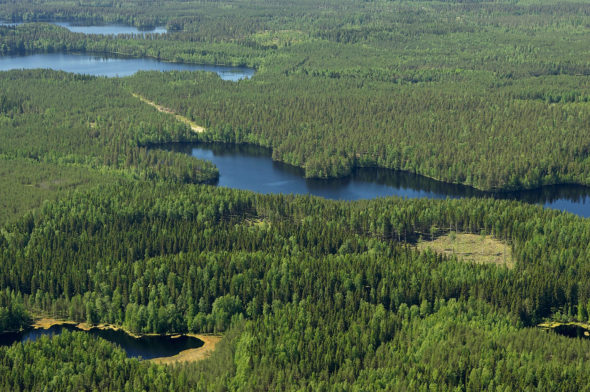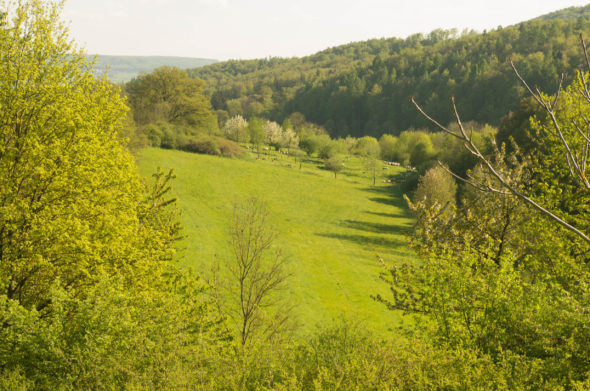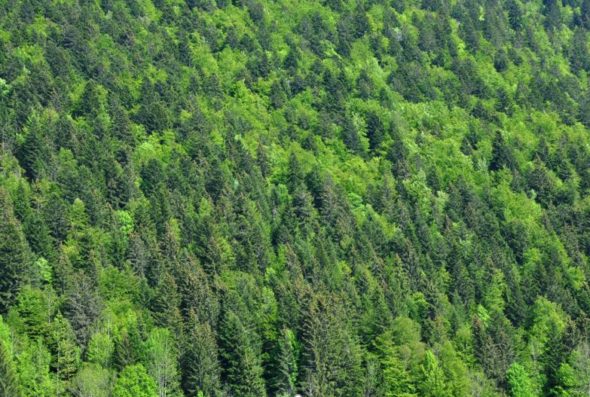Case studies
Forest characteristics and management goals vary throughout Europe. Local disturbance regimes are dissimilarly affected by climate change. Hence, the best ways to adapt to the changing disturbances may vary across Europe. Funpotential focuses on tree regions in Europe, but also analyses large bodies of materials to inform about the drivers of resilience in temperate and boreal Europe.
| Boreal zone – Häme region (~10 000 km2) – The area represents a diverse forest and landscape pattern in southern Finland. The area is dominated by Picea abies and Pinus sylvestris forests, but deciduous species are abundant, too. Forests are utilized commercially and there are important conservation areas in the area. Dominating disturbance agents are wind, moose/deer, and root rot. Currently the impact of disturbances is low, but for example bark beetle outbreaks are expected to increase with the warming climate. | |
| Temperate zone – The central German region spanning from Southern Lower Saxony and Northern Hessen is known for the two forest-dominated areas of “Solling” and “Reinhardswald”. They are representative for Central Germany, given their rich management history and the ongoing transition from conifer-dominated forests to a species-rich close-to-nature management regime. This development has been accelerated by recent disturbances, which have also caused severe ecological and economic problems for the forest, private and public forest owners and industry. In the selected region alone more than 23.000 ha need to be reforested, which is a great challenge but also an opportunity for implementing nature-based solutions for forest management for mitigating and adapting to climate change. | |
| French Northern Pre-Alps, France – a representative of mountain forests on limestone in France. The forest area covers more than 270 000 ha (41% of public forests) ranging from low elevation to tree line. The dominant commercial species are Picea abies, Abies alba, and Fagus sylvatica. 65% of the forests are composed of mixed stands and mean productivity is around 7.4 m3/ha/year. Forests are mainly impacted by windstorms and bark beetle damages for spruce but the overall disturbance rate remains quite low. Ownership size is typically low (less than 4 ha). | |



